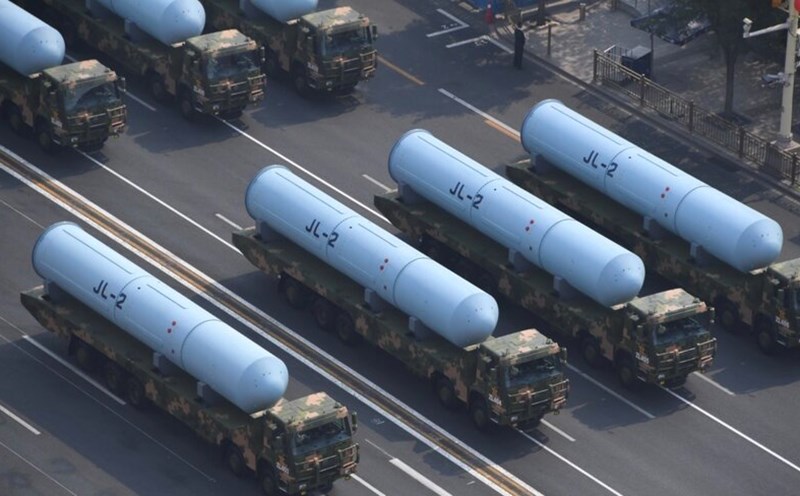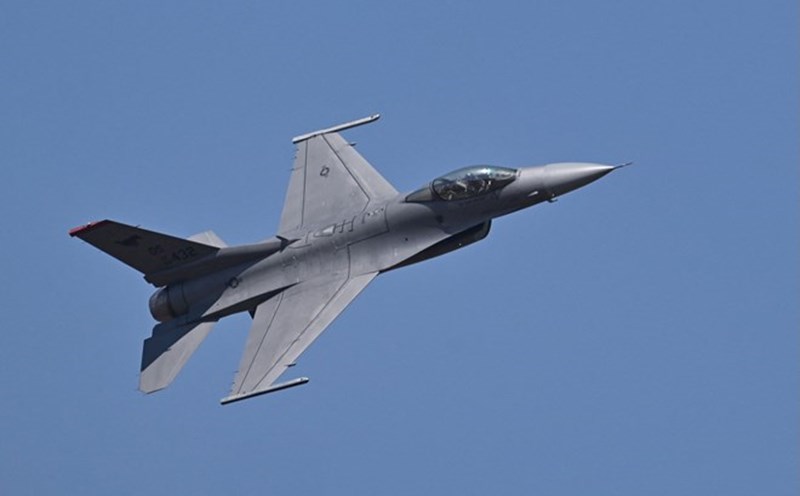The US Air Force Air Transport Command (AMC) has just announced the results of an investigation into three incidents involving KC-46A Pegasus oil tanker aircraft in the period of 2022-2024, causing an estimated loss of nearly 23 million USD. The incidents all stem from the need for fuel being stuck or not separated from the fuel receiving aircraft.
The first incident occurred in October 2022, when the KC-46A fueled the F-15E fighter. Due to the limitations of the control system, it was necessary to re-essay the oil stuck in the receiver head, then bounce strongly and hit the rear of KC-46A. The mistake between the two pilots made the situation more serious, causing a loss of more than 8.3 million USD.
A month later, KC-46A replenished fuel for the F-22A fighter, and the same problem recurred. The oil needs to be severely damaged and cannot be repaired, causing a loss of more than 103,000 USD.
The most serious incident occurred in August 2024, when the KC-46A's oil tanker was stuck with an F-15E aircraft and crashed strongly into the rear of the oil tanker. The spray bottle suffered severe damage, partially separated and fell into a field near Santa Maria, California. Estimated losses are more than $14.3 million. The report concluded that the cause was due to inorganic operations by the operator and F-15E's too fast and unstable access.
The most recent incident, on July 8, also involving KC-46A, when it needed to relieve more than half of the oil, the metal was torn, forcing the plane to lie at Seymour Johnson base for investigation.
The KC-46A aircraft was developed from the Boeing-767 series to replace the KC-135 that has been in service since the 1950s. This project worth about 7.5 billion USD often faces problems, delays and price increases. The US Air Force has ordered 179 KC-46A aircraft at an average cost of $1.60 million each, and put them into operation since 2019, despite many technical problems that have not been fixed.
The control system and oil Recharge Ban of KC-46A is considered a serious weakness. The completion of the remote monitoring system, which would allow control to continue oil without direct observation, was three years later than planned and would be difficult to complete before mid-2027.











